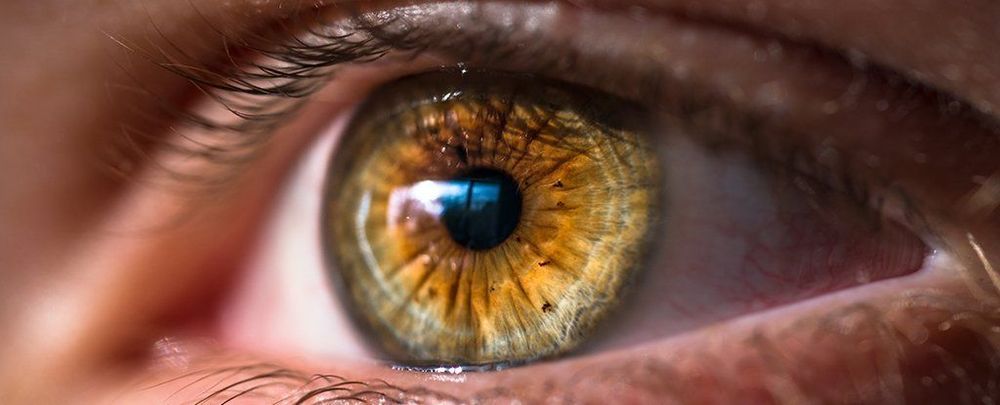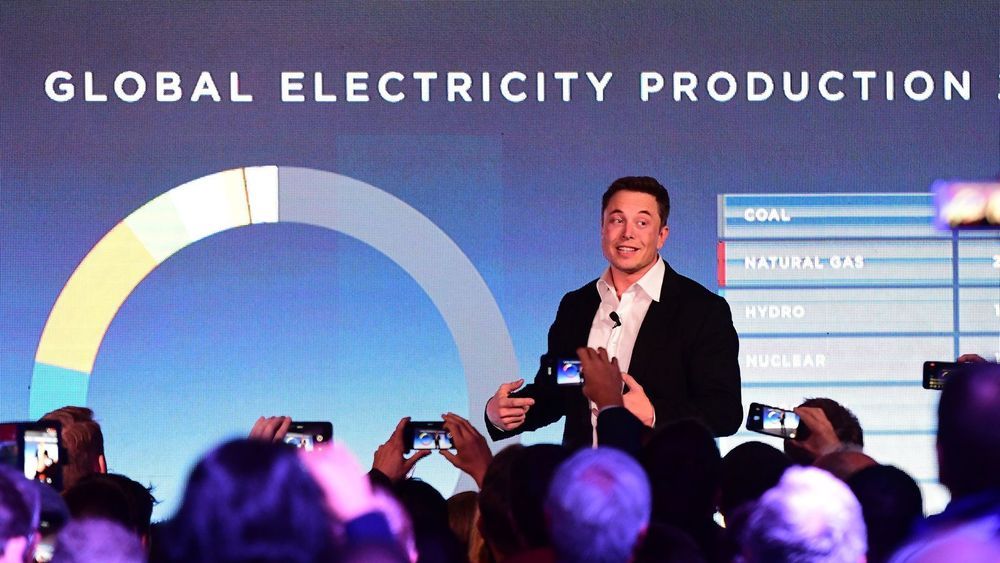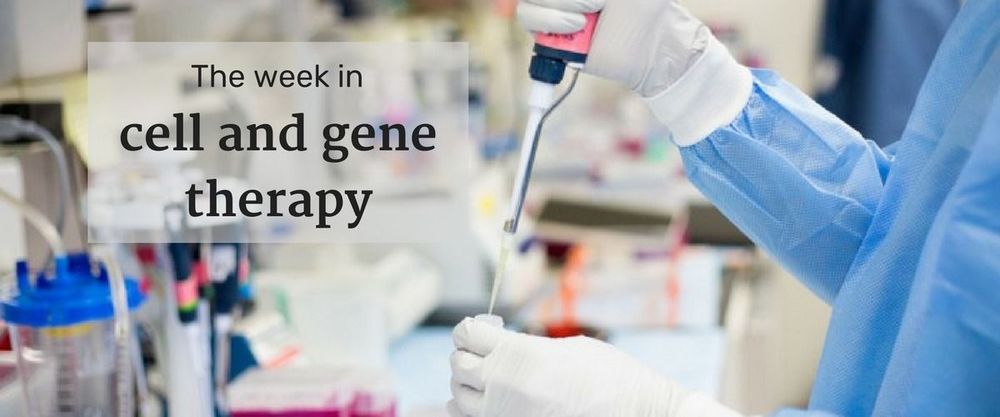Nobel winner who transformed condensed-matter and particle physics.



Scientists have discovered that eyes and brains in rodents seem to have uncannily similar drainage systems used for self cleaning, and there’s reason to think this might apply to us, too.
This sort of maintenance is necessary to wash away waste cells and fluids, and we know that brains make use of a tiny network of pipes known as the glymphatic system, similar to the lymphatic system that clears out rubbish from the rest of the body.
New tests on mice and rats show that the structures at the back of their eyes — like the optic nerve and the retina — take a page or two from the glymphatic system playbook. In the absence of the standard lymphatic vessels, they funnel waste products through a network a lot like the one the brain uses.
Simulations show that QGP could form in immediate aftermath of neutron star merger.
Adapting the architecture for small city cars in a cost-efficient way is proving to be challenging because of the need to strip out a third of the costs compared with the ID.3.
Engineers have looked at everything from smaller electric motors to different battery module configurations to give the small EVs the high standard of crash protection that will be expected by customers.
Going back to March 2019, VW Group CEO Herbert Diess said it would use a new brand, likely the Spanish Seat marque, for electric versions of its small city cars – the VW Up, Skoda Citigo, and Seat Mii. The goal was to make “a great step toward an even more affordable electric mobility.”



The JLTV is the successor to the Humvee, and the Army plans to buy at least 50,000 in the coming decades.
The Army, concerned that civilian adoption of electric vehicles could leave it vulnerable, is looking into making the JLTV itself an EV.
An electric JLTV would reduce the need for diesel fuel at remote outposts, with power provided by solar or nuclear energy.
#USArmy
#USmilitary
#MilitaryNews

Maria became the very first COVID-19 patient to use Stem Cell Neurotherapy for COVID-19. In about 5 days, she will began to feel the healing effects of generating new lung cells which will eliminate her breathing problems.
We repurposed some tools from the Stem Cell Therapy for Cancer/Brain Tumor. Those tools are T-Cells, B-Cells, and Natural Killer Cells. Instead of programming those cancer killing cells to attack cancer cells, we have programmed them to seek out, identify, attack, and destroy all the Coronavirus cells in the entire body.
Stem Cell Neurotherapy sends therapeutic messages, e.g., “your stem cells are transforming into new cells for the lungs, liver, and kidneys” to the DNA inside the nucleus of stem cells. Inside the nucleus, the DNA receives the message and transmits it to the RNA, which translates the message into genetic code.
The genes inside the stem cells transmit the coded message to the proteins, which are converted by the mitochondria into ATP, which provides the energy for the coded message to transform the stem cells into a new set of lung cells, as well as new cells for the kidneys and liver.
These new cells in the lungs, kidneys, and liver will replace the cells that were infected by the COVID-19 virus. This results in the elimination of the coughing, fever, headaches, diarrhea, and breathing problems.
I’m reaching out with great humility, like a great many people are these days, to see if anyone has it within their means to help me directly or indirectly. As an artist, teaching in the New York City school system mostly working children in ESL and Special Needs, my work is seasonal and I am an independent contractor. This means no benefits even after close to 10 years in the same “job”, and from a complicated financial situation with my husband, neither of us has health insurance, everything is out of pocket for us. I’m not eligible for unemployment due to being a contractor. My gigs for this semester totaling almost $5000 for NYC schools just evaporated in the blink of an eye, but would have covered the cost my everyday healthcare/rent/etc until September. Things like medicines and supplements, healthy food that help control my Essential Tremor(neurological disease) and anxiety and vision care that allow me to function as an artist and make a meager living will be eliminated if we want to keep a roof over our heads. And now due to restrictions in NYC, my husband could be out of work by tomorrow(also contract work with no-unemployment benefits). If you can donate even the smallest token it would be of great help. Any amount would help me to weather the next several months of the NYC lockdown. If you feel strange donating cash, please take a look at the reproductions of my art, or maybe even buy a gift card for someone that might like my art here: opticvoid.com

Final edition of stem cell neurotherapy for COVID-19.
We have just finished the Final Edition of Stem Cell Neurotherapy for COVID-19. We repurposed some tools from the Stem Cell Therapy for Cancer/Brain Tumor. Those tools are T-Cells, B-Cells, and Natural Killer Cells. Instead of programming those cancer killing cells to attack cancer cells, we have programmed them to seek out, identify, attack, and destroy all the Coronavirus cells in the entire body.
We still program the stem cells to transform themselves into new cells for the lungs, liver, and kidneys to replace those cells infected by the Coronavirus.
So, stem cells have a dual function in this therapy:
A. Destruction of the Coronavirus cells
B. Replacement of Virus Infected Cells in the Lungs, Liver, Kidneys, and other Organs with new, pure Cells in those Organs.